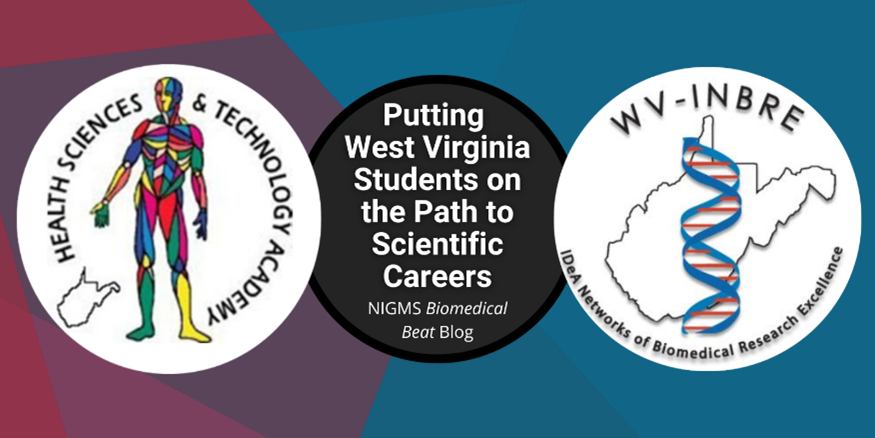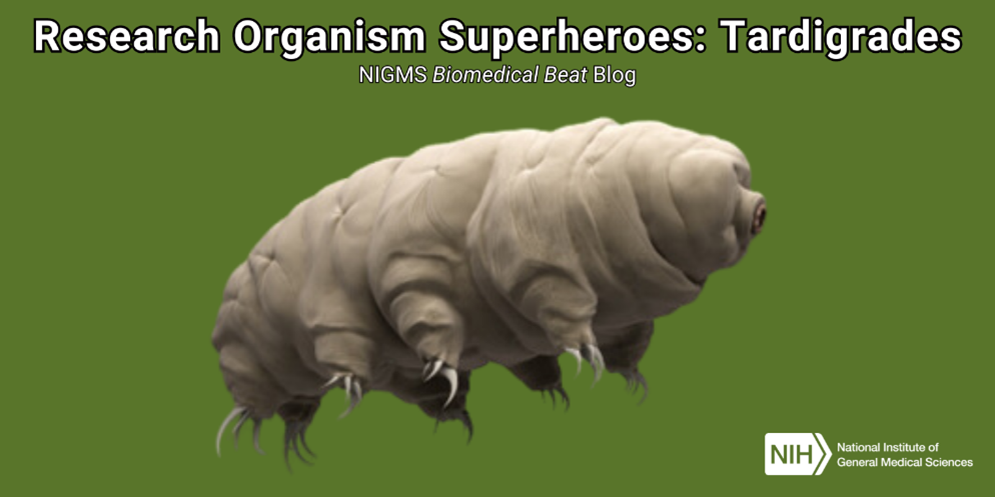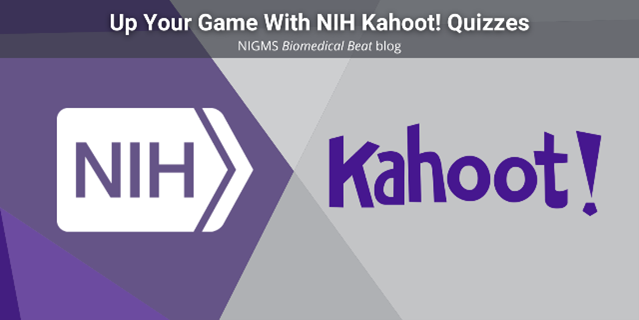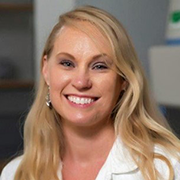
Two NIGMS-funded programs are teaming up to shape the future of science and technology in West Virginia (WV). One engages high school students in science, technology, engineering, math, and medicine (STEM+M); introduces them to research; and provides direct access to college through tuition waivers. In the other program, undergraduate students are paired with a researcher at their institution for a paid internship—an important step toward a career in science.
The Health Sciences & Technology Academy
“We liken our students to rosebuds. As they grow, you see them blossom into self-confident leaders,” says Catherine Morton, Ed.D., director of the Health Sciences & Technology Academy (HSTA) in West Virginia. This mentoring program is supported in part by an NIGMS Science Education Partnership Award (SEPA).
Continue reading “Putting West Virginia Students on the Path to Scientific Careers”


















